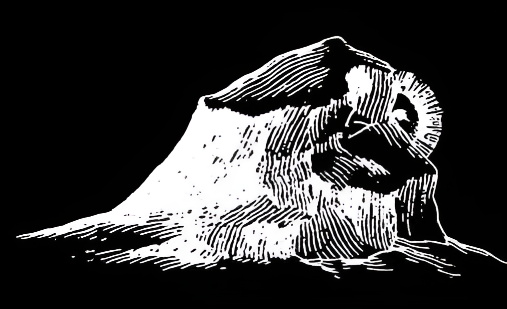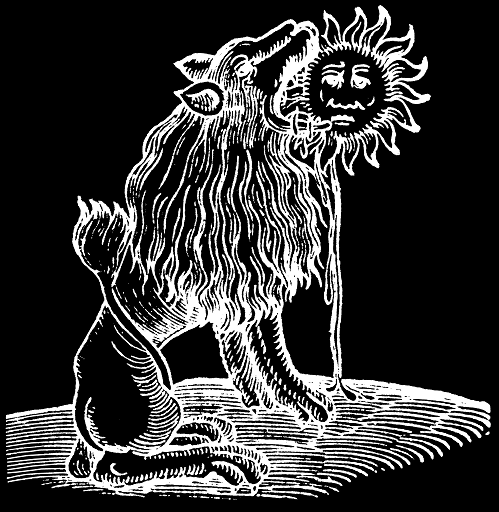ABOUT THE MAGAZINE, AS IT EXISTS NOW
The Staten Islander is an online magazine dedicated to publishing fiction, poetry, and art. Long dormant, the publication was revived in late 2022 by Jan Stanek and John Padula.
STAFF
View our submit page for more information on what we’re looking for at the moment!
THE HISTORY OF THE STATEN ISLANDER, 1927 - 2022

"... notable as the only literary magazine in the continental United States to somehow, whether it be due to its notoriously dim founder [Vincenzio d'Padula] or its miniscule output from mid-1945 onward [following a still unexplained budget cut], fail to receive any sort of funding from the CIA, and not for lack of trying.”
- Noam Chomsky, Manufacturing Consent, p. 382The Staten Islander was founded on December 12th, 1927, by a wealthy but otherwise middling poet, Vincenzio d’Padula (b. 1884 in Messina, d. 1952 in New York), an Italian immigrant, industrialist, and automobile pioneer. In matters relating to art, Vincenzio believed in one maxim, as straightforward as it was incoherent: it ought to be good.

What d’Padula considered ‘good’ shifted from year to year, sometime from season to season, but he nevertheless founded and ran The Staten Islander, New York City’s eleventh most-read literary magazine. Working out of d’Padula’s offices in Manhattan – purchased at a premium to be right next door to a similarly named, competing magazine’s offices, the magazine that had denied d’Padula’s poetry for four consecutive years, inspiring him to create his own magazine. The one you’re reading right now, in fact.
The initial editorial team was as illustrious as it was dysfunctional. Booth Tarkington, considered to be the greatest novelist that America had ever produced, now mostly forgotten, was convinced to come out of Indiana and serve as the magazine’s fiction editor. F. Scott Fitzgerald, not yet a full-fledged alcoholic, wrote a mediocre gossip column. Max Stirner, or at least someone claiming to be Max Stirner and who gave d’Padula a decently convincing story about how he’d faked his death in 1844, and who anyways looked to be about a hundred years old, helped d’Padula with the financial side of things. Gino Severini, a painter admired by d’Padula but almost completely unknown to anyone outside of Europe, ran the arts section. Mateo Aguirre Bengoechea was paid five-hundred dollars (equivalent to over eight-thousand dollars today) to contribute letters on politics, which were neither proofread by d’Padula nor translated, as no one on staff spoke Spanish.
Everything fell apart almost immediately. Fitzgerald immediately decamped to his Delaware mansion after a week; Tarkington followed after a month, returning to the Midwest. Severini was deported. Stirner died, allegedly after seeing a ghost. All that d’Padula had left were a handful of minor, ever-more egotistical journalists and writers (given their exorbitant salaries, double what the Islander’s rival magazine was paying) and Bengoechea, whose invoices for payment and hostile letters to the editor (some titled “cerdo codicioso de América del Norte,” “bésame el culo, d'Padula, ladrón, periodista tonto rapaz”) were published owing to the team’s continued inability to read Spanish. It didn’t help that the Islander had few readers and paid upwards of fifty dollars for every story and poem that ended up in the slush pile.
In spite of all of this, d’Padula remained strong. He paid William Randolph Heart over a million dollars to attack the rival magazine, whose name I must now say, because it’s in the headline of the article d’Padula wrote that appeared on the front page of The New York Journal, August 23rd, 1931:
I USE COPIES OF THE NEW YORKER AS TOILET PAPER
Shortly thereafter, the Islander received a brief surge in popularity, sky-rocketing to the zenith of its popularity - the eleventh most-read literary magazine in New York. It held this position until 1934, following d’Padula’s embrace of somewhat controversial political beliefs that were growing increasingly unpopular in the United States. Aside from d’Padula’s arrest on obscenity charges in late 1945, after he published Otto Haushofer’s graphic and deeply unpleasant suicide note, the magazine spiraled into obscurity. When d’Padula died in 1952, the rights transferred to his sons, Antefrancesco and Francesco d’Padula, who elected to dedicate half of the magazine’s ever-decreasing number of pages to advertising. They ran it in relative obscurity until 1979, dedicating most of their energy to running their late father’s real-estate business.

On June the 3rd, 1979, ownership was given to Incele (traditional Italian name) d’Padula as a gift for his eighth birthday. Until he turned thirty, in 2001, the magazine again remained dormant, only periodically appearing in the PO boxes of long-dead Staten Island intellectuals, the four issues published between 1979 and 2001 dedicated to, respectively, girls, punk rock, ironic erotic fiction about Ronald Reagan (including an unauthorized reprinting of the J.G Ballard story that tackles the same subject), and Incele’s efforts to quit smoking.
In late 2001, following some unfortunate events in New York, events which d’Padula experienced first-hand and survived, the magazine had a new lease on life: no longer would it sleep. It would awaken, and with it, so would the rest of America. It continued to pump out issues, all of which were later used as evidence to have Incele involuntarily committed in 2014. He called for further intervention not only in Iraq, but worldwide, demanding that President Bush invade Iran, North Korea, Chechnya, Pakistan, and Mexico. To even call it a magazine at that point would be tenuous; all issues were written and printed by d’Padula from his home in Long Island, the once palatial home of the d’Padula family, of which he seemed to be the only living member. Its readership numbered in the low hundreds and the only attention it received, purely negative, came from a handful of anarchist zines, themselves growing increasingly more unhinged as the ‘00s dragged on, but for different reasons.
Finally, in 2022, Incele d’Padula committed suicide. The rights to his magazine, once, I repeat, the eleventh-most read literary magazine in New York, an almost-rival to a certain other magazine, went to his distant nephew, John Padula. Padula immediately told his acquaintance, Jan Stanek, and the two of them went to Long Island to root through Incele’s belongings, discovering the history of the magazine and a series of hand-drawn and perennially negative financial reports from an invented executive board.